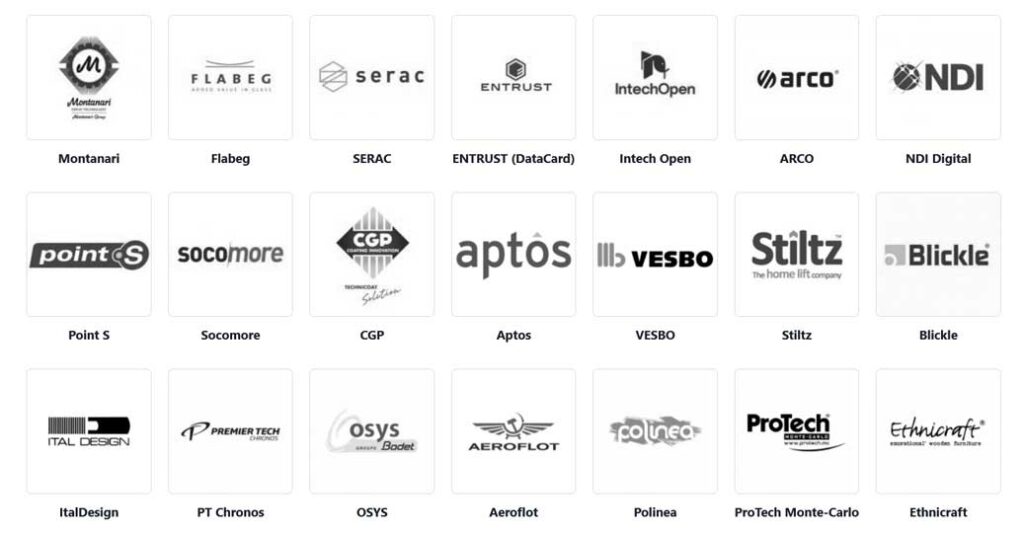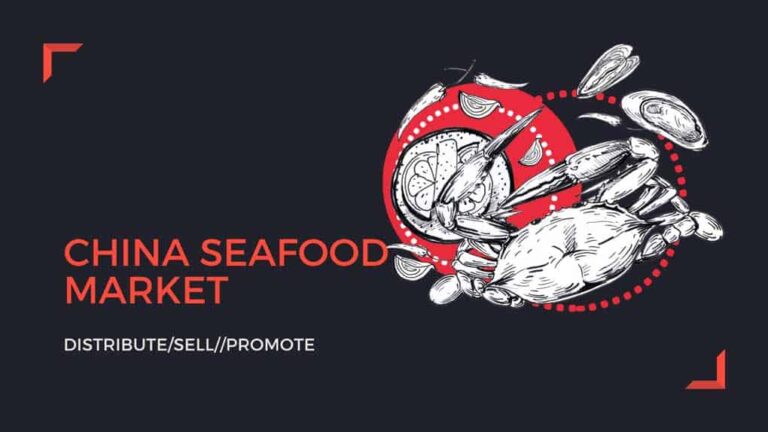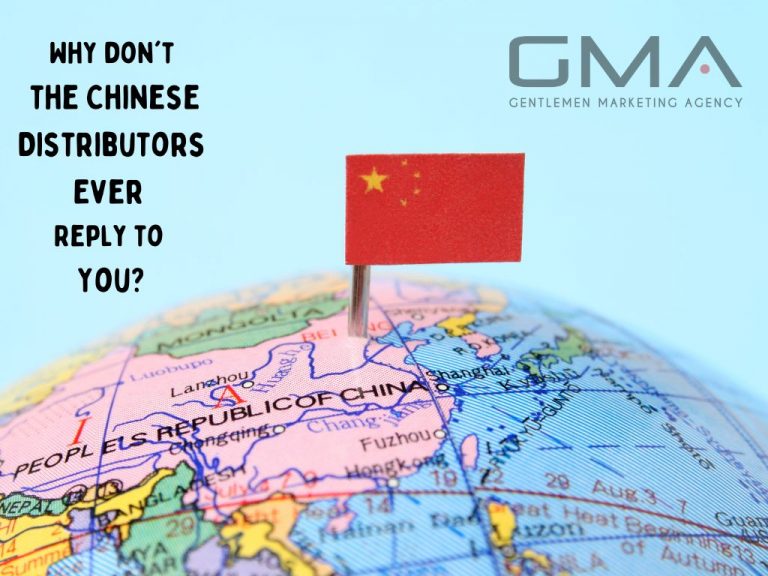Distribution Strategies In China’s Lower-Tier Cities
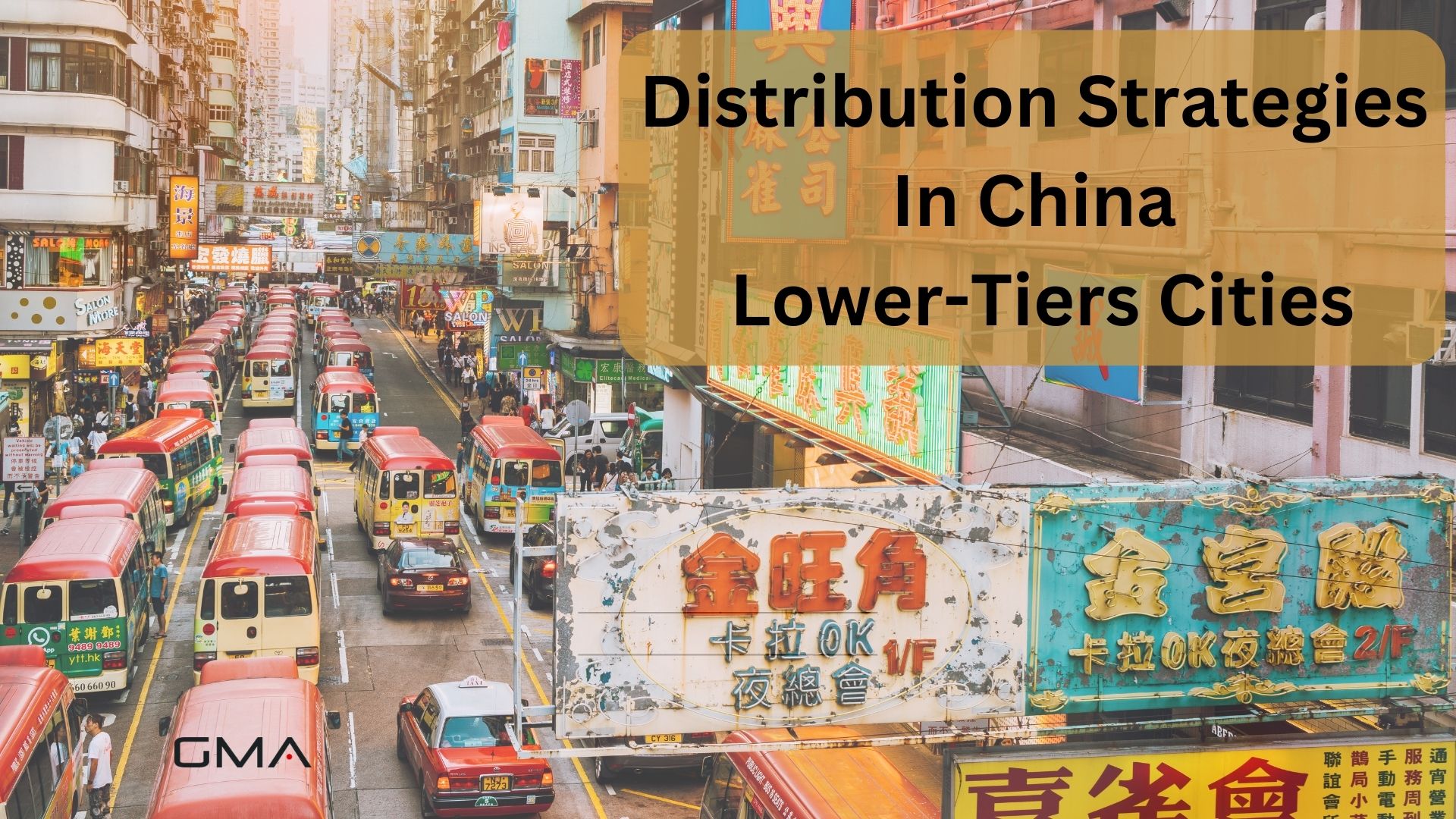
We get it! Navigating the labyrinth of lower-tier cities in China definitely poses some unique challenges. Witnessing these areas prosper with booming income levels, who wouldn’t want to tap into this expansive consumer hive? We’ve rolled up our sleeves, dug deep into research mines, and managed to stumble upon delightful success stories that have lights casting on effective strategies to attract consumers in such Chinese locales.
So buckle up as we turn those dusty pages and unveil efficient distribution nuggets even your keenest competitors wish they had a line on!
Cost-Effective Agency
KPI and Results focused. We are the most visible Marketing Agency for China. Not because of huge spending but because of our SMART Strategies. Let us help you with: E-Commerce, Search Engine Optimization, Advertising, Weibo, WeChat, WeChat Store & PR.
Key Takeaways
- Lower-tier Chinese cities are growing fast. Many brands see this and want to sell there.
- People have more money in these places now. They like buying fancy things online or at the store.
- We should learn and try new tricks here, not use old ones that work elsewhere.
- Look at successful brands like IKEA for ways to do well. Use what they did as a guide!
Importance of Lower-Tier Cities in Chinese Marketing
Understanding China’s tiered city system is more than just knowing geographical locations; it aids in crafting effective marketing strategies that directly appeal to lower-tier cities, offering an untapped market bursting with potential and increased consumer spending power.
Overview of the Chinese Tier System
China splits its cities into different tiers. This classification shows how well a city is doing. First-tier cities are the top dogs, like Hong Kong and Shanghai. They have lots of people and firms love them for ads.
Lower-tier places don’t do as well, but they’re cool too! It’s fun to sell stuff there because there are unique tricks that work super well, way better than anywhere else in China! Plus, these smaller spots are growing fast because more people have money to spend on our products.
So, it’s all about knowing what tier your target city falls under – it leads the way to victory in this big quirky Chinese marketing game!
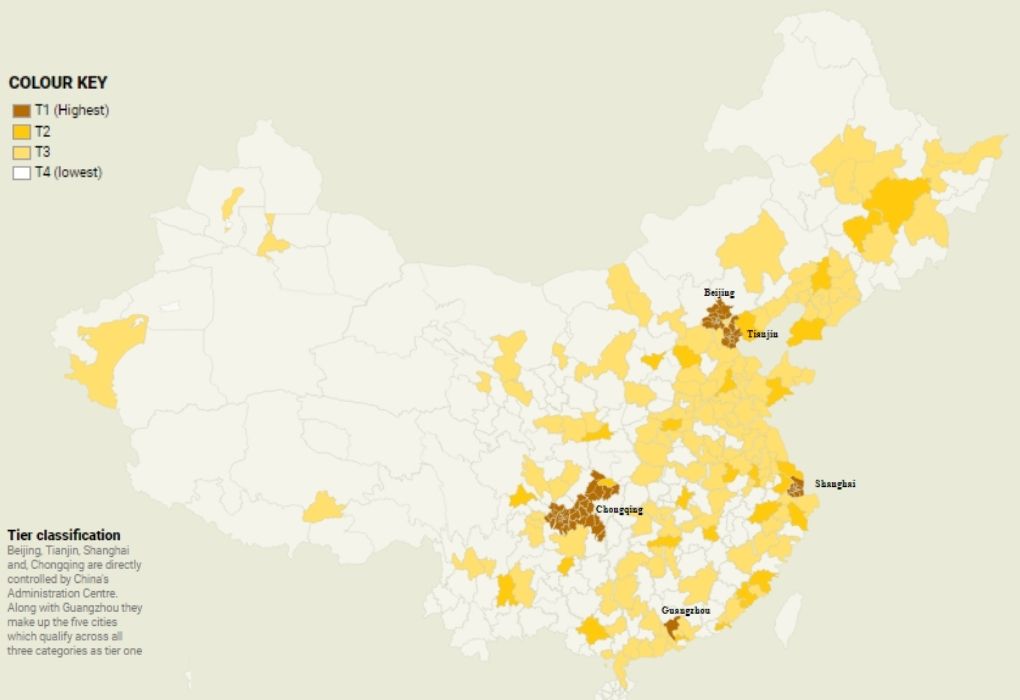
Influence of the Tier System on Marketing Strategies
The tier system affects how we market. Businesses in China split the country into groups for easy marketing. These groups help to know where more focus is needed. Lower-tier cities are now getting this focus from many brands.
We need to learn and adjust our plans with these changes in mind. Some cities may have a huge number of buyers waiting for our products or services! So, not only do we sell better by doing this, but we also make sure all parts of the market are happy with what they get from us.
Benefits of Targeting Lower-tier Cities
Lower-tier cities in China pack a wallop for those in the business world. They are fast-growing and less mature markets, ripe for brands looking to set up shop. Just think about cities like Changsha, Foshan, and Wenzhou – experts say by 2030 they will have more people with fat wallets than even Beijing! This means tons of potential customers who love to spend their hard-earned cash on luxury goods.
These city folks are living proof that these lower-tier areas can’t be overlooked anymore. Plus, because these markets aren’t jam-packed with competition yet, it’s easier to stand out and grab consumers’ attention.
And isn’t that what we all want? The blend of economic growth and rising incomes makes targeting lower-tier cities look pretty appealing. Imagine being seen as pioneers and trendsetters there!
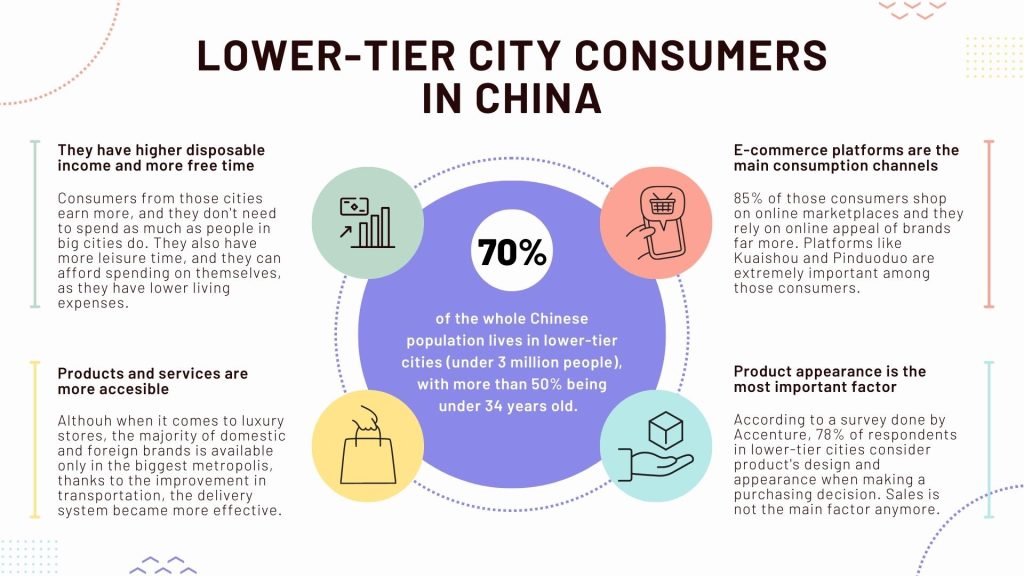
Key Trends and Characteristics of Lower-Tier City Consumers
Higher Disposable Income and Increased Free Time
I see a shift in China’s lower-tier cities. People have more money to spend now than ever before. They are also finding they have more free time too. Having extra cash has made them eager buyers of luxury goods.
Their disposable income keeps going up, even if their pay is behind what people make in bigger cities like Beijing or Shanghai. The rising middle class loves shopping online when they’re not working.
This changing consumer behavior makes it a ripe time for businesses looking to expand their consumer base and change how they sell such products in these emerging markets with growing economies!
Popular Product Categories and Consumption Channels
Let’s dive into what lower-tier city folks in China get excited about. Look at this:
- Fancy things catch their eyes. They love high-end goods like bags, watches, jewelry, and women’s clothes.
- They buy a lot of what they need daily. Food and household items are some of them.
- A bit of everything goes into their shopping list. So, you could sell almost anything to them – both luxury stuff and everyday items!
- Online shopping is their new favorite thing to do. So, if you want to reach them, having an online store can be your magic tool.
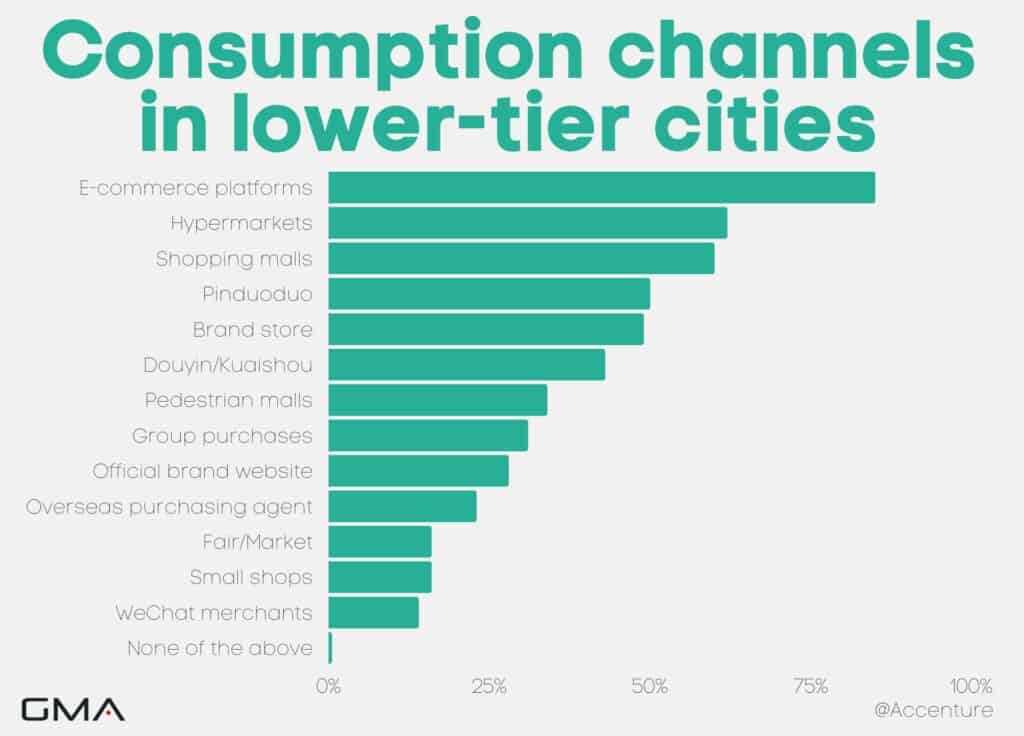
Factors Influencing Purchasing Decisions
Lower-tier city consumers care a lot about quality. It tops other things in their mind when they buy something. Next, we see a growing love for luxury goods among these buyers. As their pocket money grows, so does this trend.
Online shopping has also caught on with them. Imported products are hot items too! These foreign products show off wealth and laid-back lifestyle to others in the group. Money plays a big part in buying habits across different product categories.
Luxury isn’t all about flash and glamour here though. The people prefer quiet charm that works well instead of show-off pieces that do not add much value.
Strategies to Attract and Engage Lower-Tier City Consumers
Providing a Great Multichannel Online Experience
A good online experience pulls in more shoppers. E-commerce platforms are big in lower-tier cities. They shop more on the web. So, your brand needs a strong web presence across different online channels.
This includes social media, mobile apps, and shopping sites like Taobao or JD.com. COVID-19 has pushed even more people to shop from home too. If you sell your goods well on these platforms, you will reach many consumers quickly.

Offering Membership Programs to Motivate Consumers
A good plan is to use membership programs. They are a great way to pull in people living in lower-tier cities. These programs can come with real gains that shoppers really like.
For example, I could have an offline program where members get little prizes for buying often or lots of goods all at once. A well-made online platform can also be very useful here.
This drives customer engagement and makes sure they keep coming back.

Tailoring Marketing Strategies to the Specific Preferences of Lower-tier City Consumers
Knowing what your customers want is key. In lower-tier cities, you will find people with different habits and needs. Using the same old tricks won’t work here. You need fresh ideas.
Firstly, study these consumers well. Find out what they like to buy and how often they do it. Also, figure out where they spend their free time online or offline. Match this with data on when they have more money to spend.
Secondly, adjust your plan to charm them in a way that fits their taste and timescale best.
Plan for local events if they are around the corner or bank holidays when everyone’s got cash to flash!
Lastly, keep testing newly tailored marketing strategies regularly as markets change quickly in second-tier cities too! If done right, both you and your customer win big prizes at the end of the day!
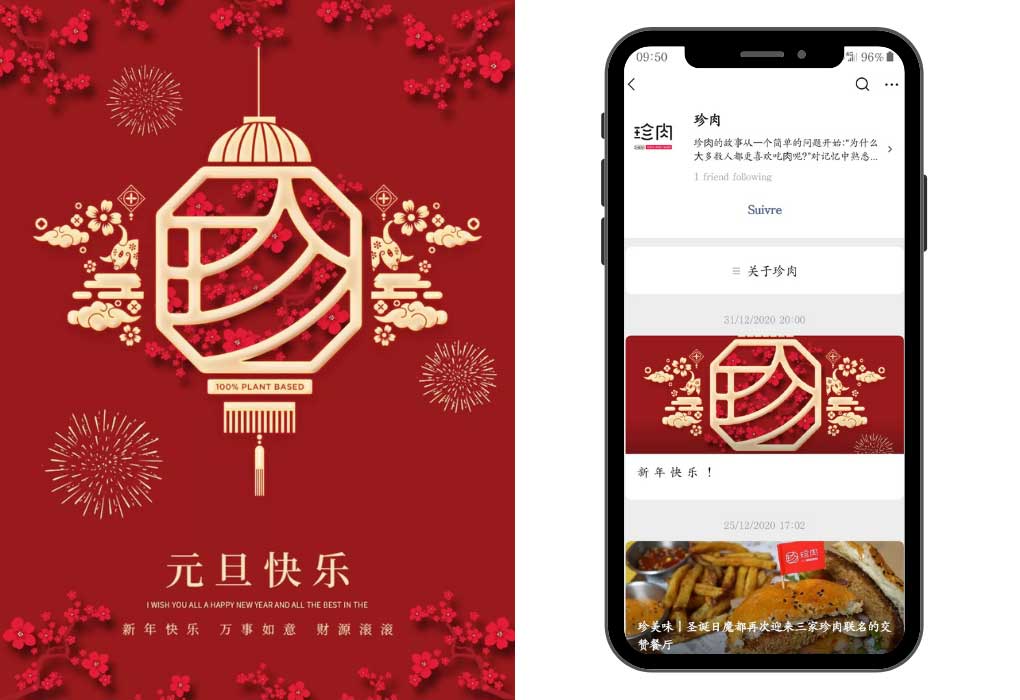
Case Studies and Success Stories in Lower-Tier City Marketing
Examples of successful Chinese and Western brands in lower-tier cities
I’ve noticed some brands that have done great in lower-tier cities in China. They found ways to tap into this market and connect with consumers. Here are a few examples:
- IKEA is one of them. They changed their approach to suit these cities. It worked out well.
- KFC also saw good results in China. Their unique business model hit the mark with consumers.
- Local Chinese brands have also reaped wins here.
- These places offer success stories for foreign and local brands.
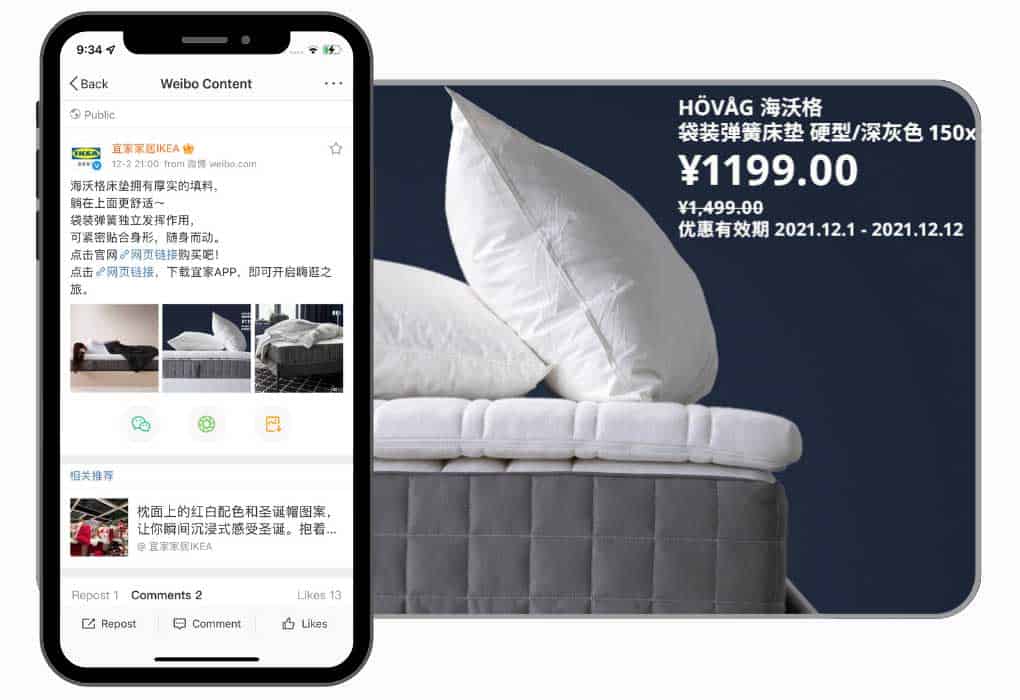
Lessons Learned and Best Practices for Distribution Strategies
Learning from the best can bring good results. Here, we look at some lessons and top tips for selling goods in China’s lower-tier cities.
- Use online sales. Selling through the Internet is key to doing well in these cities. Ecommerce platforms let more people see your things.
- Get seen online! An important part of winning in lower-tier markets is getting found in China’s digital marketplace.
- Know your customers. Understanding Chinese shoppers and their power to help grow the economy is needed.
- Look to KFC China for ideas. KFC China changed its business model to do better in new markets and we can learn a lot from them.
- Study IKEA’s success. This giant store switched up its plans to make money in China, and now it’s doing great!
- Seek ideas from all staff levels. Good strategic planning involves input from managers and workers alike.

Contact Us for The Best Lower-Tier Cities Marketing Strategy!
Lower-tier cities in China give a big chance for business growth. Brands can ride on rising incomes and higher demand here. To win, companies need to use smart ways to reach and get these consumers involved.
The future is bright for those who know how to sell well in China’s lower-tier cities.
Exploring business opportunities in China’s lower-tier cities offers a significant opportunity for growth and expansion. These regions possess high consumption potential, experience rapid economic development, and offer untapped market potential, making them increasingly important for both domestic and foreign companies.

By understanding the unique characteristics of lower-tier cities’ consumers and tailoring marketing strategies to suit their needs, businesses can successfully tap into this growing market segment.
We are the Gentlemen Marketing Agency based in the heart of China – Shanghai. Our team of Chinese and foreign experts has the experience and know-how needed for your success in China.
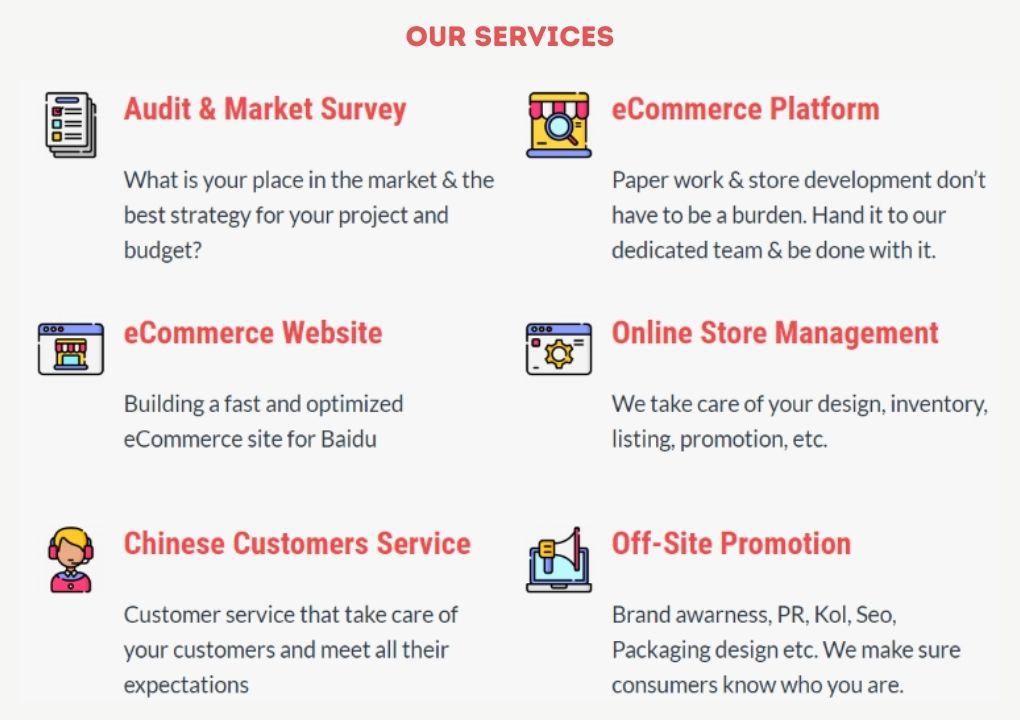
We can help you reach out to consumers in lower-tier cities in China, as they have significant growth potential that many Westerners may not be aware of.
Contact us, so we can schedule a free consultation.
